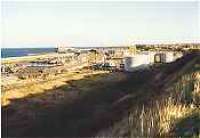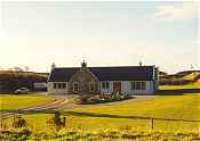Moray Coast Railway (Great North of Scotland Railway)
Introduction
This railway is closed. The railway provided a service from Portsoy on the Banff, Portsoy and Strathisla Railway to Lossie Junction on the Morayshire Railway near Elgin. The Highland Railway built a branch from Keith which joined the Moray Coast Railway at Portessie for Buckie. The line was well served with passing loops at many of the stations.
Why built
The line very much served the farming and fishing communities and harbours of the coast but also carried whisky traffic.
Dates
Portions of line and locations
This line is divided into a number of portions.
Portsoy to Lossiemouth
Single track passenger and goods line from Portsoy Harbour Junction to Lossie Junction.
This was a two platform station. The main station building was on the eastbound platform. The station replaced the Portsoy [1st] terminus when the line was extended west to form the Moray Coast Railway.
...

David Bosher 15/06/2019

David Bosher 15/06/2019

John Furnevel 23/05/2012
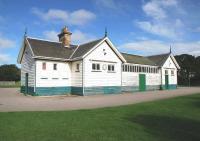
John Gray 22/08/2010
This was a two platform station with a loop on a single track line. The main station building was on the eastbound platform.
...

Ewan Crawford //1999

John Gray 22/10/2009
This was a two platform station with a passing loop on a single track line. The main station building was on the westbound platform. There was a goods yard to the south of the station approached from the east. This had several sidings, a loading bank and goods shed.
...

John Gray 22/10/2009
This was a single platform station, the platform being on a long gentle curve. The station building was similar to that which survives at Portsoy [2nd]. The goods yard was approached from the south, the lines running north from the point of junction.
...

Brian Haslehust 18/08/1965

Brian Haslehust 18/08/1965
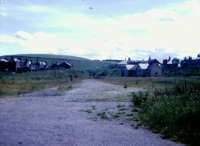
Alan Norris //1972

Alan Norris //1973
This disused single track viaduct is immediately west of the former Cullen station. To the west are Cullen Castle Street Viaduct, Cullen North Deskford Street Bridge and Cullen Burn Viaduct.
...
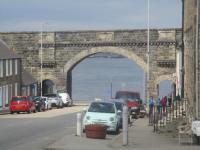
David Bosher 15/06/2019

...
Iain Teaz 16/07/2019
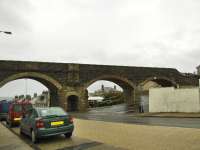
John Gray 22/10/2009
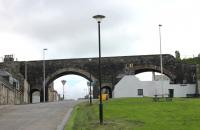
Mark Bartlett 03/07/2012
This single track four arch viaduct is west of Cullen Seafield Street Viaduct and east of Cullen North Deskford Street Bridge and Cullen Burn Viaduct, in that order. The easternmost arch is filled in. ...
More details
John Gray 22/10/2009

Mark Bartlett 03/07/2012

Ewan Crawford //
This disused single track bridge is east of Cullen Burn Viaduct and west of Cullen Castle Street Viaduct and Cullen Seafield Street Viaduct. ...
More detailsOr Seatown Viaduct. This is a disused single track stone viaduct to the west of Cullen station and Cullen Seafield Street Viaduct.
...

David Bosher 15/06/2019

John Gray 10/07/2022

...
Iain Teaz 16/07/2019
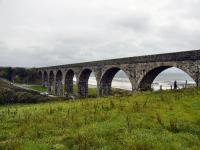
John Gray 22/10/2009
This was a two platform station, with a passing loop, on a single track line. The platforms were slightly staggered. the main station building was on the eastbound (town side) station.
...

David Pesterfield 26/06/2010

Ian Millar //1972
This was a single platform station just to the south of Findochty and its Broad Haven. The platform was on the north side of the single track.
...
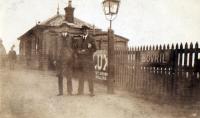
Ewan Crawford Collection //
This was a double track junction to the east of the Portessie [GNSR] and Portessie [HR] station where the lines from their Buckie [GNSR] and Buckie [HR], respectively, met.
...
See also
Buckie and Portessie Branch (Highland Railway)
This was a three platform station which was built at the expense of the Great North of Scotland Railway. Two platforms, owned by the GNoSR were at the east end of a loop which ran west to Buckie [GNSR].
...
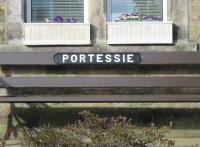
David Panton 09/03/2021

Ewan Crawford //1997
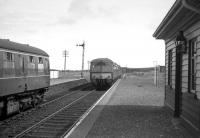
David Spaven 02/05/1968
This was a two platform station. The main station building, stone built, was on the eastbound platform. The presented a single storey to the platforms and two stories to the north side. There was a Great North of Scotland Railway style timber building on the westbound platform.
...
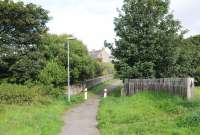
Brian Taylor 25/08/2012

John Gray 22/08/2010
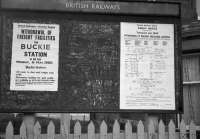
David Spaven 02/05/1968
This was a single platform station, the platform on the north side of the line. It gave the appearance of a two platform station as there was a loading bank on the south side, served by a siding from the west which was later looped. The loading bank's southern face and a goods shed were served by sidings from the west end of the station.
...

David Bosher 15/06/2019

Ewan Crawford //1997

Brian Taylor 26/08/2012
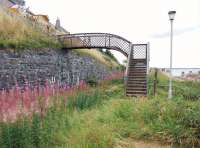
John Gray 22/08/2010
This was a single platform station with the platform on the south side of the line. The building was a typical GNSR wooden design.
...

John Williamson 05/08/2010

Mark Bartlett 03/07/2012

Brian Taylor 26/08/2012
This was a two platform station. The main station building, on the eastbound platform, survives and has been restored.
...

John Gray 04/12/2013

John Williamson 15/02/2009
This single track viaduct is out of use, now used as a footpath. The bridge crossed the River Spey close to its mouth between the former Garmouth and Spey Bay stations. Also known as the Garmouth Viaduct or Spey Viaduct. The viaduct has three sections: a central 350ft bowstring approached on either side by three 100ft plain truss girders. The overall length is 947.5 ft.
...

John Gray 02/05/2018

John Gray 02/05/2018
This was a two platform station with a passing loop on a single track line. The main station building was on the eastbound platform, the town side platform.
...

John McIntyre 01/04/1973
This was a single platform station with a goods yard on its south side, approached from the west.
...
This was a two platform station with a passing loop on a single line. The main station building was on the eastbound platform.
...
This junction was just north of Elgin. This is where the Moray Coast Railway (Great North of Scotland Railway) met the older Morayshire Railway at a junction giving access to Elgin [East].
...
See also
Morayshire Railway
Cairnie to Grange Curve
This short double track passenger and goods curve ran from Cairnie Junction to Grange North Junction. It allowed trains from Aberdeen and the east to take the coast line to approach Elgin [East].
This was an exchange station. The main line remains open here but is now a single track with little hint of the former station. A platelayers hut remains, this was south of the station on the west side of the line. The track is the former westbound line, the eastbound being lifted. The kink of the line round the station has been straightened.
...
See also
Great North of Scotland Railway
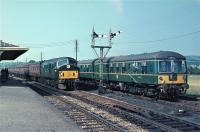
Brian Haslehust 10/08/1965
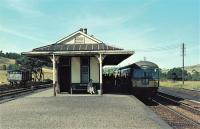
Brian Haslehust 31/08/1964
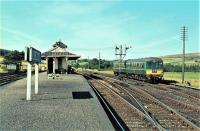
Brian Haslehust 31/08/1964

Brian Haslehust 31/08/1964
This was one of the junctions of the triangular junction former between the Great North of Scotland Railway and the Banff, Portsoy and Strathisla Railway, the other junctions being Grange Junction (to the west) and Grange South Junction (later Cairnie Junction) to the south. Grange North was actually in the east but was clearly named for the distinction from the south junction.
...
See also
Banff, Portsoy and Strathisla Railway
Books
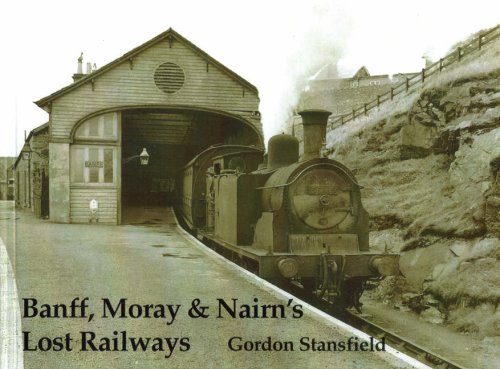 Banff, Moray and Nairn's Lost Railways | Moray Coast Railways | 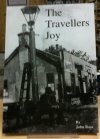 The Travellers Joy: The Story of the Morayshire Railway |










